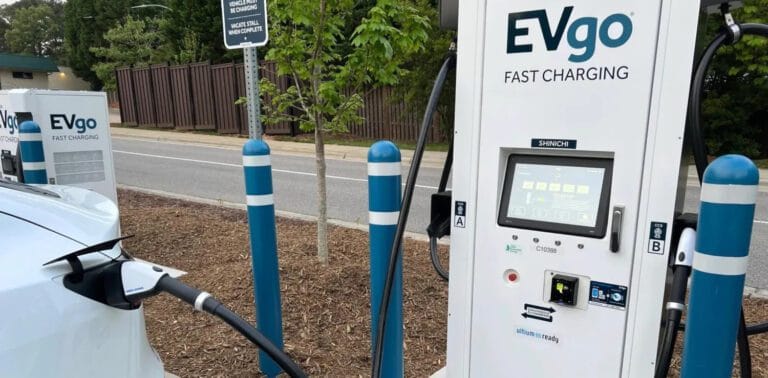California is reinforcing its leadership in zero-emission transportation with a landmark investment in electric charging and hydrogen refueling infrastructure. The Golden State is set to make strides in its vision for a cleaner, more sustainable future.
The California Energy Commission (CEC) has unveiled an ambitious $1.4 billion investment plan aimed at accelerating the state’s electric vehicle (EV) charging and hydrogen fueling initiatives. This strategic funding will enhance the deployment of infrastructure for light, medium, and heavy-duty zero-emission vehicles (ZEV) across California, further solidifying the state’s position as a frontrunner in the country’s transition to zero-emission transportation.
The investment plan outlines how the CEC’s Clean Transportation Program will allocate funds over the next four years, with a firm commitment that at least 50% of this funding will benefit priority populations. These investments form a part of the broader $48 billion California Climate Commitment, which designates over $10 billion for ZEVs and their supporting infrastructure. Additionally, the state has received substantial funding from the Biden-Harris Administration focused on clean transportation.
To put this investment into perspective, nearly 17,000 new light-duty chargers are set to be installed across the state. Currently, California boasts over 152,000 public and shared private chargers, with expectations to reach 250,000 chargers in the coming years. When combined with previous funding, plus contributions from federal programs and utilities, the state anticipates significant growth in its charging network. Alongside public options, more than 500,000 private home chargers have been installed throughout California.
Patty Monahan, the CEC’s Lead Commissioner for Transportation, emphasized the significance of this investment, stating, “Today’s approval reinforces California’s commitment to establishing zero-emission refueling infrastructure. Prioritizing clean air benefits for low-income and disadvantaged communities is crucial. ZEVs are undoubtedly here to stay in the Golden State.”
Funding Distribution and Projects
These funds will be disbursed over the next four years through competitive grants for various projects, which include:
- Direct incentives and rebates for businesses, non-profits, tribes, and public agencies.
Highlights of the Clean Transportation Program
Launched in 2007, the Clean Transportation Program has played a pivotal role in advancing California’s climate initiatives, with a total investment of $2.3 billion in support of ZEV infrastructure and advanced vehicle technologies. Here are some key achievements:
- Community Focus: Allocated 63% of funding to disadvantaged or low-income communities.
- EV Charge Expansion: Installed or planned for nearly 34,700 EV chargers.
- Hydrogen Stations: Funded 96 public hydrogen fueling stations, with 44 currently operational.
- Streamlined Incentives: Established programs like the California Electric Vehicle Infrastructure Project and Communities in Charge for efficient funding access.
- Commercial Vehicle Support: Awarded $100 million to 120 projects aimed at truck and bus charging and refueling.
- Zero-Emission School Buses: Invested $500 million for an additional 1,000 zero-emission school buses in operation.
- Economic Growth: Funded 40 ZEV-related manufacturing projects to create jobs within the state.
- Workforce Development: Trained over 32,000 individuals for careers in the clean transportation sector.
California’s Impressive Zero-Emission Vehicle Record
The state’s commitment to ZEVs is evident in the data following Governor Gavin Newsom’s 2020 executive order mandating all new car sales to be zero-emission by 2035. Recent figures highlight the success:
- As of Q3 2024, 26% of all new car sales in California were ZEVs, totaling 115,897 ZEV sales—an impressive daily average of 1,300.
- The total number of ZEV sales in the state stands at 2.1 million, with California accounting for 30% of all new ZEV sales in the United States.
- Californians can benefit from thousands of dollars in available grants and rebates aimed at low-income individuals, further encouraged to explore the offers at ClimateAction.ca.gov or ElectricForAll.org.
For further details, clarification, contributions or any concerns regarding this article, please feel free to reach out to us at editorial@tax.news. We value your feedback and are committed to providing accurate and timely information. Please note that all inquiries will be handled in accordance with our privacy policy



